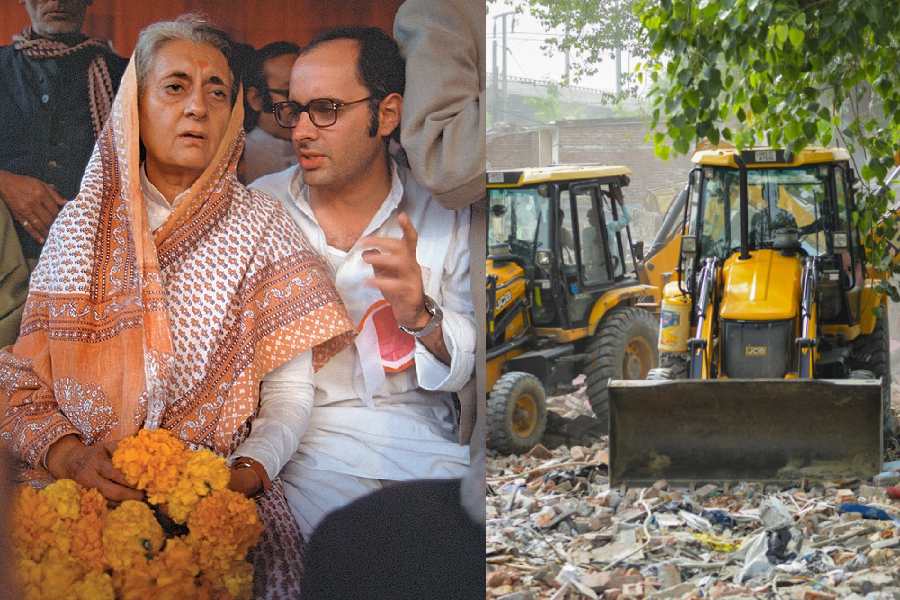Shillong, April 7: The Khasi language has been withdrawn from Unesco’s Atlas of the World’s Languages in Danger.
On its website, Unesco declared that the language, which is spoken by nearly 900,000 people, was “no longer in danger”.
“Khasi is spoken in the region of the Khasi and Jaintia Hills in Meghalaya, India,” the website stated ).
The language is also called Khasia, Khassee, Cossyah or Kyi.
“This language of the Mon-Khmer linguistic branch is spoken by some 900,000 people,” the website said.
The status of this language was reassessed by the Atlas editorial board, which concluded that Khasi might be classified as “safe” on Unesco’s scale of language vitality.
Recognised as “associate official language” in the state of Meghalaya since 2005, Khasi is widely used in several domains such as primary and secondary education, radio, television and religion, the Unesco official website said.
Admitting that “some dialects” of Khasi were “dying” as they made way for the standardised variant, the editorial board said it was pleased to acknowledge that “the future of this language seemed to be assured.”
Available in its online version since 2009, the interactive Atlas is regularly updated based on feedback from linguists and speakers of endangered languages.
To date, the Atlas lists 2473 languages in danger in the world, classified in five degrees of vitality — vulnerable, definitely endangered, severely endangered, critically endangered and extinct.










